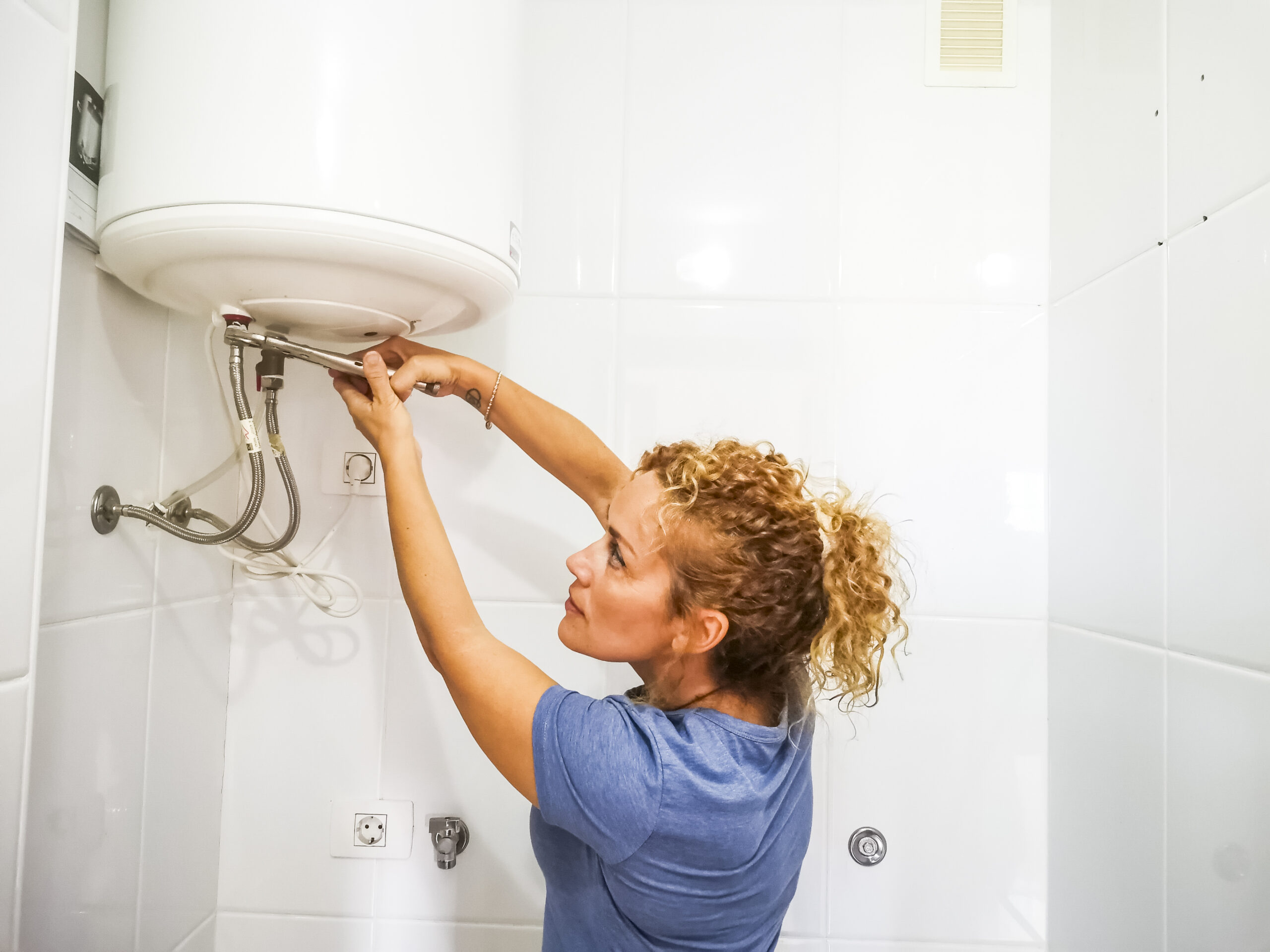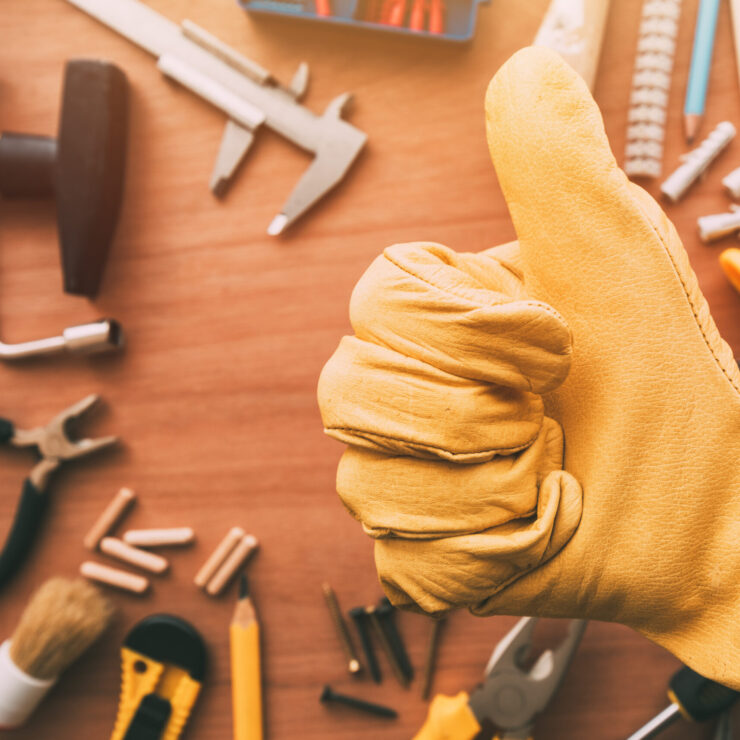Your home is not just a structure; it’s where your family finds comfort, security, and shelter. However, unexpected emergencies can threaten your sanctuary, from natural disasters like hurricanes and earthquakes to more common issues like burst pipes or electrical failures. Being prepared and knowing how to handle emergency home repairs is crucial for ensuring the safety of your loved ones and the preservation of your property. In this comprehensive guide, we’ll explore practical tips and steps to take when disaster strikes, helping you navigate through these challenging situations with confidence.
1. Prioritize Safety First
The safety of you and your family should always be the top priority in any emergency situation. Here are some crucial safety tips to remember:
a. Evacuate if necessary: In cases of extreme danger, such as a fire or gas leak, evacuate your home immediately and call 911.
b. Account for everyone: Ensure that all family members and pets are safe and accounted for.
c. Beware of hazards: Be cautious of potential hazards like exposed wires, gas leaks, or structural damage.
d. Use protective gear: If appropriate, wear protective gear such as gloves and safety goggles when dealing with repairs.
2. Assess the Situation
Once safety is secured, it’s time to assess the situation:
a. Identify the source: Try to pinpoint the cause of the emergency, such as a leaking roof, a flooded basement, or a power outage.
b. Turn off utilities: If you suspect gas or electrical issues, turn off the main gas and electrical supplies to your home to prevent further damage or accidents.
3. Contact Professionals
In most emergency situations, it’s best to call in the experts. Here’s what you should do:
a. Reach out for help: Contact local emergency services or professionals like plumbers, electricians, or contractors to assess and address the issue.
b. Keep contact information handy: Have a list of emergency contacts readily available, including your utility providers, insurance company, and local repair services.
4. Mitigate Immediate Damage
While waiting for professional assistance, you can take steps to minimize damage:
a. Stop water leaks: Use buckets, towels, or even duct tape to control water leaks and prevent further damage to your home’s interior.
b. Emergency sealing: For roof leaks, use tarps or plywood to temporarily cover damaged areas until professionals can make permanent repairs.
5. Document the Damage
Documenting the damage is essential, especially for insurance claims:
a. Take photos and videos: Capture the extent of the damage, focusing on details that might not be obvious at first glance.
b. Create an inventory: List damaged items, including their approximate value, to assist with insurance claims.
6. Communicate and Assist Neighbors
In cases of widespread disasters like storms or wildfires, community support is crucial:
a. Check on neighbors: Ensure your neighbors are safe and offer assistance if possible.
b. Share information: Collaborate with your community to share information and resources.
7. Temporary Repairs
Sometimes, you may need to perform temporary fixes until professionals arrive:
a. Emergency patches: For minor plumbing issues, use pipe clamps or patching kits to stem leaks temporarily.
b. Make safe: Secure any loose or hazardous items to prevent accidents or further damage.
8. Stay Informed
Information is your ally during an emergency:
a. Monitor updates: Stay informed about the situation through local news, emergency alerts, and weather reports.
b. Follow instructions: Adhere to any instructions or evacuation orders issued by local authorities.
9. Plan for Future Emergencies
After the crisis is resolved, take steps to prevent or better prepare for future emergencies:
a. Develop a family emergency plan: Create a detailed plan that covers evacuation routes, meeting points, and contact information for all family members.
b. Invest in preventive measures: Consider reinforcing your home’s structural integrity, installing backup power systems, and fortifying against natural disasters.
c. Review insurance policies: Ensure your homeowner’s insurance adequately covers potential risks, and update it as needed.
d. Assemble an emergency kit: Prepare an emergency kit with essentials like non-perishable food, water, flashlights, batteries, first-aid supplies, and important documents.
Emergency home repairs can be stressful and overwhelming, but with the right knowledge and preparation, you can navigate these situations with confidence. Prioritizing safety, assessing the situation, contacting professionals, and documenting damage are all crucial steps in managing home emergencies effectively. By staying informed and planning for future emergencies, you can better protect your family and your home, turning disaster into an opportunity for resilience and growth. Remember that seeking professional help when needed is always the wisest course of action in these challenging situations.





